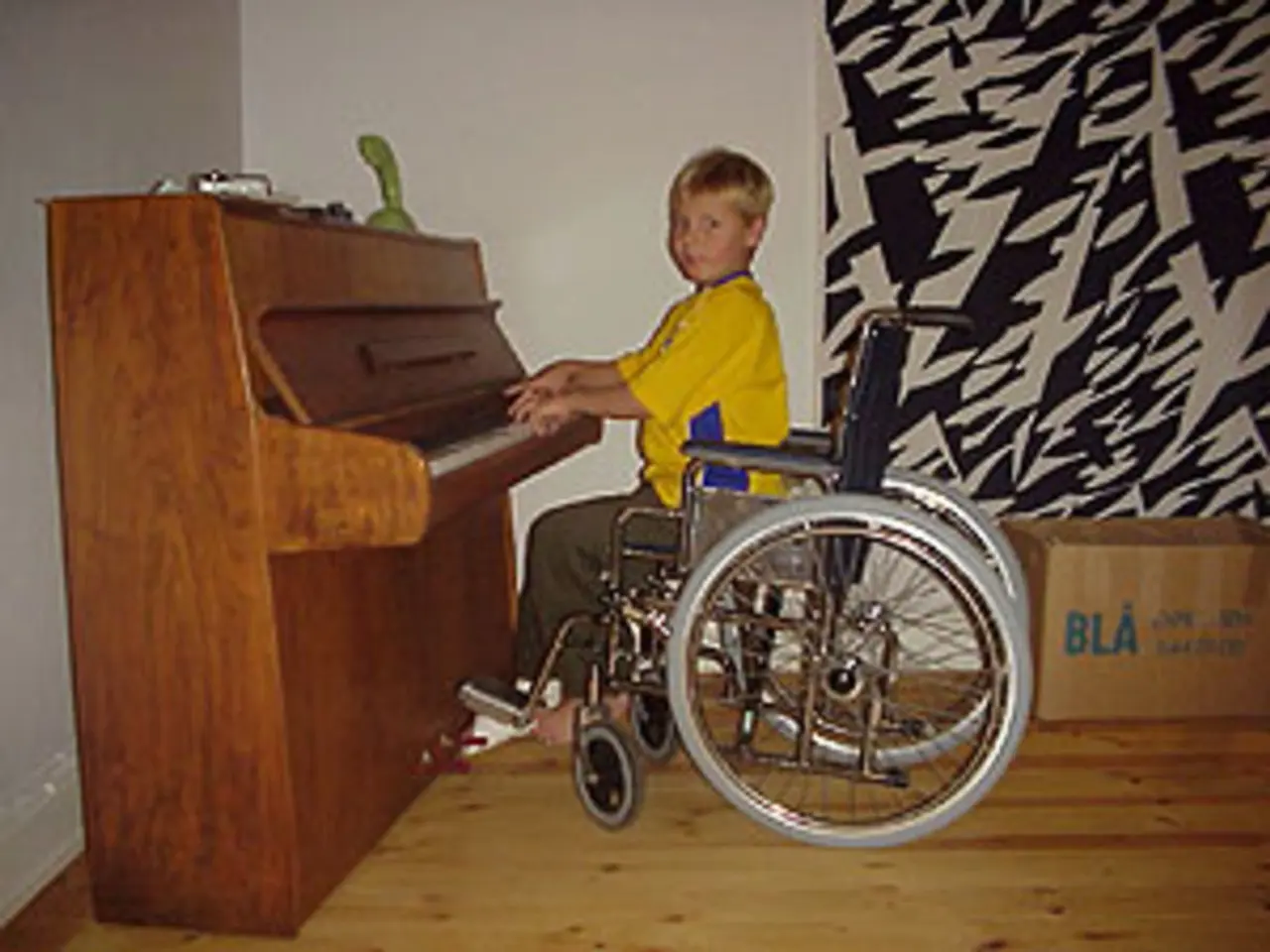Rare Genetic Disorder Linked to Autism: New Hope for Diagnostics and Therapies
Researchers have uncovered a link between a rare genetic disorder, myotonic dystrophy type 1 (DM1), and autism spectrum disorder. This discovery could pave the way for new diagnostic methods and therapies, as children with DM1 have a significantly higher risk of developing autism.
The connection was made by researchers who found that autism symptoms, such as repetitive movements and sensory issues, are common in people with DM1. This genetic disorder, caused by tandem repeat expansion (TRE) in the DMPK gene, may play a role in autism development. The latest CDC data reveals a rising trend in autism cases in the US, now affecting one in 31 children.
Experts believe better screening and diagnostic methods contribute to this increase. However, some health authorities suspect environmental factors may also be involved. Meanwhile, researchers in Germany and China are exploring non-invasive brain stimulation therapies like transcranial direct current stimulation (tDCS) and transcranial pulsed current stimulation (tPCS) to treat autism and ADHD symptoms. Despite autism's prevalence among 7 million Americans, only about 140,000 people have DM1.
The link between DM1 and autism offers a new perspective on autism's genetic development. Further research could lead to improved diagnostic methods and innovative therapies for both conditions. While the causes behind the rising autism cases remain unclear, ongoing studies may shed light on this pressing issue.





